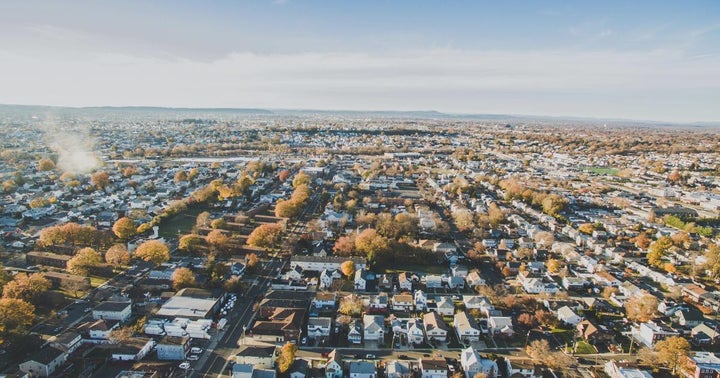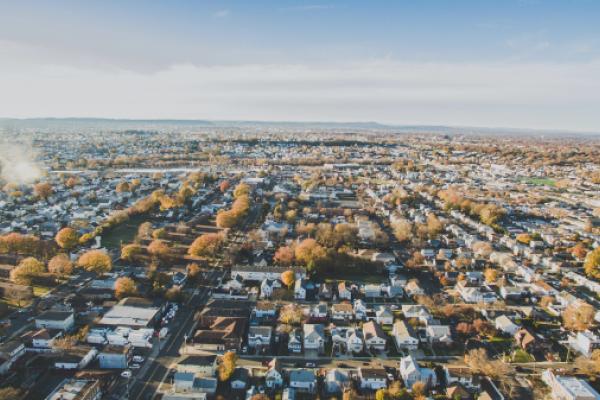

By Martin Tillier
The three states that make up the New York tri-state area, New York, New Jersey, and Connecticut, are all in the process of implementing adult-use cannabis laws. All have some kind of procedure that allows local authorities and municipalities to opt in or out of the licensing process and, as the OBEDIO data and analysis from THCregs.com clearly show, the enthusiasm for cannabis businesses at the municipal level has varied considerably from state to state. Of the three, the most positive responses so far have come in New Jersey, where around a third of the local governments have opted in, allowing at least the possibility of cultivation, processing, and/or retail businesses under their jurisdiction.
WHY SO MANY OPT-INS IN NJ?
In some ways, that is surprising. People think of New York and Connecticut as more reliably liberal, Democratic-controlled states which should, according to conventional wisdom, make them more open to recreational use than New Jersey. So, why would New Jersey be more receptive to adult-use cannabis? There are two probable reasons.
First, the demographics of the state as compared to the other two. New York, and to a lesser extent Connecticut, have populations largely concentrated in a few big urban areas, with many rural, conservative municipalities. New Jersey, by contrast, has a more even spread of population, making for numerically more jurisdictions that are not completely closed to the idea of cannabis from the outset. The state also has a history of seeking alternative tax revenue in order to keep income taxes lower. They were, for example, one of the earliest adopters of legal online sports betting.
That openness and proven propensity to tax vice, makes the second factor all that much more powerful. There is hard evidence that the cannabis industry can be beneficial to communities in terms of tax revenue, while not in and of itself resulting in increases in crime or other problems.
The first legalization and regulation of medical marijuana came in California in 1996 and, as you might expect with such a controversial subject, there has been a lot of research done on the impacts in the intervening 25 years or so. Mostly it, and subsequent more recent research around the legalization of cannabis for recreational use, has shown that crime is little impacted, if anything maybe decreasing slightly, and that there are benefits for previously disadvantaged communities. However, if local politics are dominated by a sense that the given locality is too upmarket to embrace marijuana, none of that matters, regardless of the potential tax revenue.
NJ’S MARIJUANA TAX STRUCTURE
That potential tax revenue is substantial. Estimates of the potential revenue to the state of NJ from pot vary, but most settle somewhere around $150 million annually, roughly the midpoint of the estimate by Rutgers University. There are a couple of things about the New Jersey tax structure for marijuana that are interesting.
Sales of recreational marijuana will be taxed under the general sales tax, but with an added excise fee. That fee has been structured in a way that seems counterintuitive in some ways but is actually designed with a specific goal in mind. It is a regressive tax in a way, that is structured as:
up to $10 per ounce if the average retail price of an ounce was $350 or more.
up to $30 per ounce if the average retail price of an ounce was less than $350 but at least $250.
up to $40 per ounce if the average retail price of an ounce was less than $250 but at least $200; and
up to $60 per ounce if the average retail price of an ounce was less than $200.
The idea here is to keep total retail costs in check and ensure that legal, regulated marijuana stays competitive with the illegal market, a goal in New Jersey that dates back to the days when just medical pot was legal. To that end, NJ Health’s Division of Medicinal Marijuana releases a biennial report. The latest version of that report deals with 2017 and 2018, and tracks prices relative to crowd-sourced estimates of the going rate in the illegal market, from various possibly questionable sites. That report showed that while the average price of regulated, quality-controlled medicinal marijuana was higher than of illegal weed, that difference was largely due to taxes. The above tax structure was designed to alleviate that problem to some extent.
In addition to sales taxes and excise fees, local authorities in NJ are permitted to charge a tax of 2% or less on each transaction, but that applies to each phase of the business. Thus, municipalities can charge 2% tax on cultivation revenues, then another 2% on processing, then 1% on distribution by a wholesaler, and finally 2% on retail sales. That leads to “tax pyramiding”, which upsets The Tax Foundation, whose research I have used above, but makes the business much more appealing to local governments.
IMPACTS ON INVESTMENT OPPORTUNITIES
In some ways, the relatively enthusiastic response to legalization of marijuana from NJ towns and cities make the state a good target for investment. Municipalities that have actively opted in to permitting are less likely to introduce obstacles to successful businesses at the planning, zoning, and local permitting level, which is obviously a plus. If we assume that the opt-ins also reflect positivity towards adult use establishments among the NJ population, that should also result in strong demand within the state.
There are, however, a few downsides to NJ from an investment perspective.
The aim of keeping legal weed at least competitive with the illegal market is a noble one, but it may well lead to disadvantages for NJ pot businesses, particularly at the retail level. If prices diverge despite the tax system, then a “logical” way to address the difference would be through outright price controls. If it did come to that, it would mean that should there be a local supply problem due to a weather event or whatever, retail prices might be capped, leading to a margin squeeze for outlets.
It might not even need an unusual event for prices to be squeezed. The NJ regs limit the number of cultivator licenses to 37 for at least a year or two, meaning that supply will be limited. There is no cap on the number of microbusinesses that can be allowed, but the relatively small limit to their canopy means that they will probably only be an attractive business proposition if prices are already high. You don’t need a Yale economics degree to know that if, as the OBEDIO data suggest, demand in NJ will be quite high and if, as the effective production caps suggest, supply will be restricted, wholesale prices will climb.
That in itself is not a problem, but history suggests that it may lead to a push for regulators to intervene, which would probably severely disadvantage retail businesses in the state.
Recent criticism of high prices for medical marijuana led to a state response that said in part “Unfortunately New Jersey is not a price regulated state.” The use of the word “unfortunately” there tells you a lot. However, economic history shows that price regulation leads to harmful distortions of almost any market, no matter how well intentioned. To avoid temptation in the future it may therefore be a good idea for regulators to look at restricting the opportunity to implement price controls now, before a situation arises.
In addition, the number of opt-ins make it likely that there will be plenty of businesses in NJ, with a wide geographic spread. Good for NJ residents, but not necessarily for retail businesses from a competition perspective. Here, regulators should pay close attention to the competitive environment if they want the businesses to survive and thrive.
CONCLUSIONS
Unsurprisingly given the state’s demographics and history and the significant potential tax revenues, New Jersey municipalities have embraced marijuana legalization more enthusiastically than have some of their near neighbors. That makes it an appealing state for investors, but the tax structure and stated aims of the state legislature make it seem at this point as if the cultivation, processing, and wholesaling businesses may be more tempting targets for investment than retail.